Hydropower – electricity generated with the energy of moving water – is the largest source of utility-scale energy storage and renewable energy in the US, making up 6% of the country’s total generation of electricity. But, developers need to research how the environmental impact to fish populations can be reduced when they renew a hydropower project or license a new one.
.
Fish can get into all sorts of injury-causing trouble, such as turbulence, turbine blades, and pressure changes, when they swim through hydropower dams. Before changing or creating a new project, you need to consider how big each fish is and where its center of mass is, the thickness and angle of turbine blades, and how fast they’re spinning. Researchers at Oak Ridge National Laboratory ( ORNL ) in Tennessee have supported hydropower in the past, through improving regulatory processes and licensing, but they decided to dig a little […]
Case Study: How PepsiCo achieved 96% cost savings on tooling with 3D Printing Technology
Above: PepsiCo food, snack, and beverage product line-up/Source: PepsiCo PepsiCo turned to tooling with 3D printing...

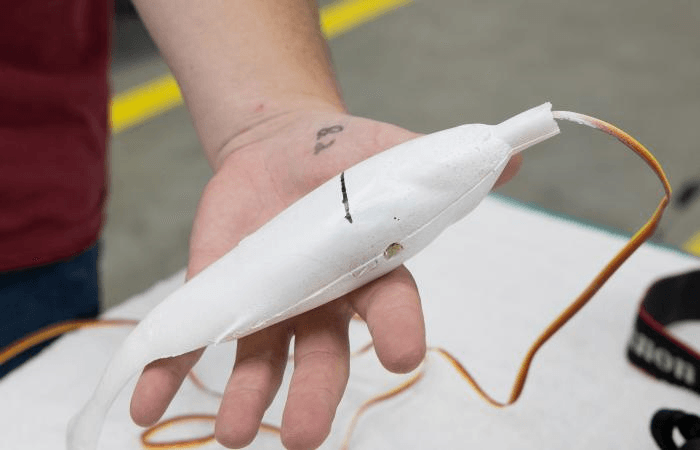

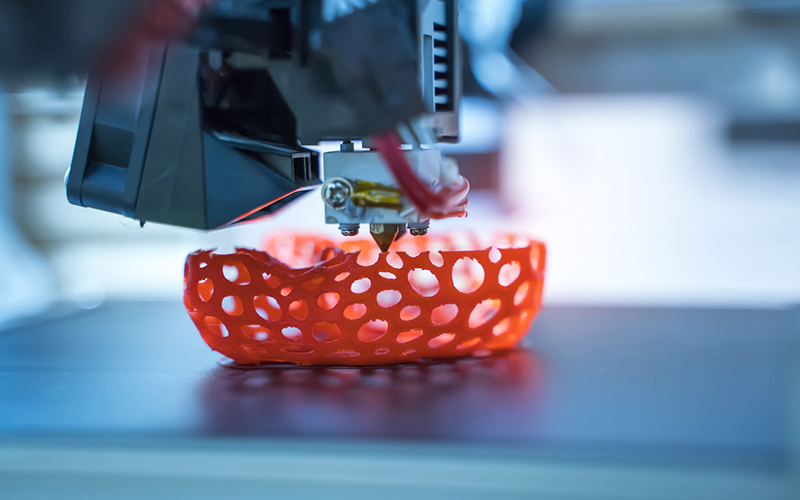





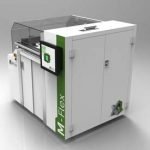
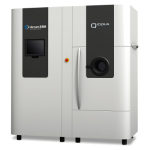





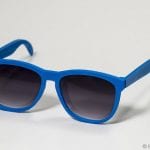
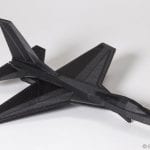
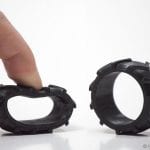
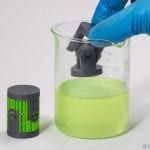
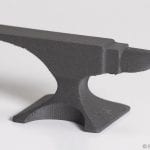
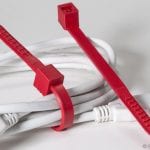
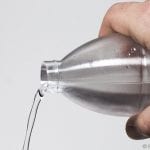
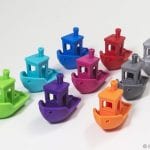
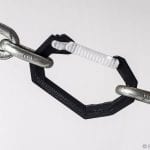
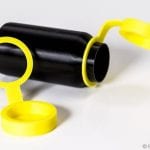
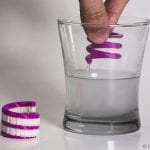
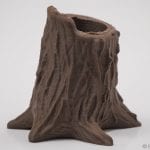


0 Comments